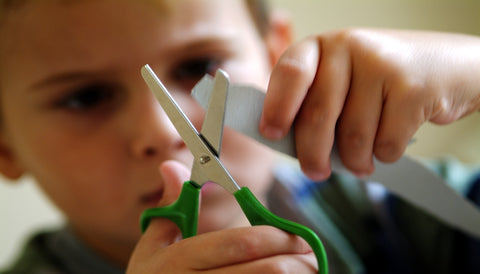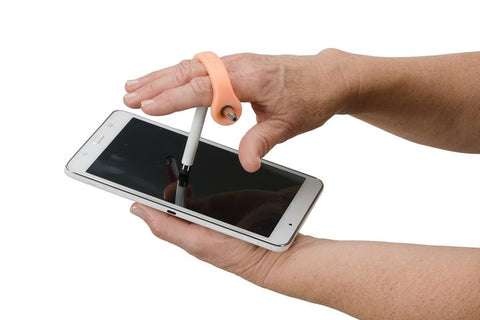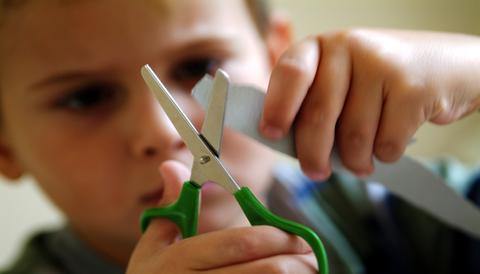Hi there,
My name is Jayson and along with being a school-based occupational therapist, I also blog at OTschoolhouse.com and host a corresponding podcast called the OT School House Podcast where we chat with OTs and other special education providers.As an occupational therapist, I see many incoming kindergartners every year. They all come in at different levels of course. Some have strengths in what will become the foundations of math skills. Others shine in their ability to bring smiles to their teachers' faces with the silliest things that come out of their mouth. But one thing is certain, they all have strengths and they all have areas to improve upon.
When walking through the kindergarten classes the first few weeks of the school year, I love meeting the new kids and discovering the many strengths they come in with, but it is the kids that need some extra help that really catches my eye. One of the most significant developmental skills that I look for and far too often see is these little ones having difficulty with using both hands to complete a task.

Now I know, they're only 4 and a half, maybe 5; how much can we really expect them to have the capability to such developed bilateral coordination, as we call it? Well, at this age it is not so much how well they can move both hands in sync so much as how well they use one hand to support the other. So let's take a step back and see how we got to this point.
In the first few months of life, we see little to no-coordinated movements. Infants arms are often reacting in response to the position they are in. But it isn't long before we start to see an infant start to bring their hands together and midline and reach with both hands for their first toy. They even begin to transfer a toy from one hand to another. Then you look up and they're banging a rattle against their other hand. Even the ability to grab a bottle with both hands and bring it to his or her little mouth is one of the very first, ever so important, bilateral coordination activities exhibited by kids.
Then as they get older they begin to play with items to the right or left side of their body. They stabilize a block with their left hand and then add another block with their right hand. You notice them turning the large pages of a book as they move their right arm from right-side to the left-side of their body. This is called crossing midline and means that one of their arms is now moving across the body in order to assist the other hand (ex. left-hand stabilizes the book as the right-hand crosses midline to turn the page of the book). Now you might just think this is play, but this right here is the building blocks to future learning.
So now getting back to that kindergartner, that skill of bringing your hands together in infancy is now translating into clapping rhythms at circle time. The skill of transferring an item from one hand to the other, that turns into picking up scissors with one hand and correctly placing them on the other hand. After that, they've got to stabilize the paper while snipping or writing.
Life is full of bilaterally coordinated activities. And most of us never even had to think about how to use both hands at the same time until we tried to solve a Rubiks Cube at 9 years of age. But that is because you started performing bilateral tasks before you could even walk!
So I guess what I am trying to say is that, if you have a little one at home find opportunities to have them use both hands simultaneously. Even if they are simply stabilizing a bowl on a table while pouring slime into it from a cup, that's good enough for me. And if the EazyHold helps them to hold onto either the bowl or the cup, well then that is fantastic. You can never have too many bilateral coordination play experiences. Most things in life require two hands, so the earlier we can play with both hands, the sooner we can work (and play harder) with both hands.
If you are interested in learning about iPad/iPhone apps to help your child learn the basics of writing, check out our blog post (https://www.otschoolhouse.com/single-post/TopApps)
Don't forget to use your Eazyhold with a stylus on the iPad!
Or if you just want to see some of the fun things we do in therapy, follow us on Instagram @OTschoolhouse
You can also check out our podcast with Kerry, creator of EazyHold.


1 comment
Aretha Riddle
Dear eazyhold.com administrator, Your posts are always well structured and easy to follow.